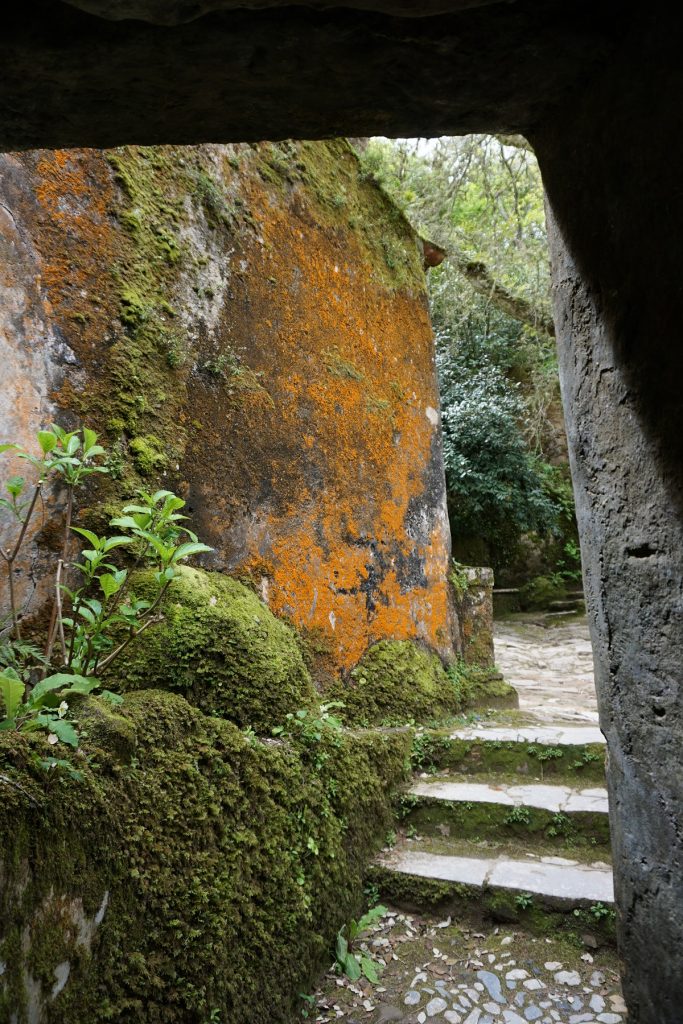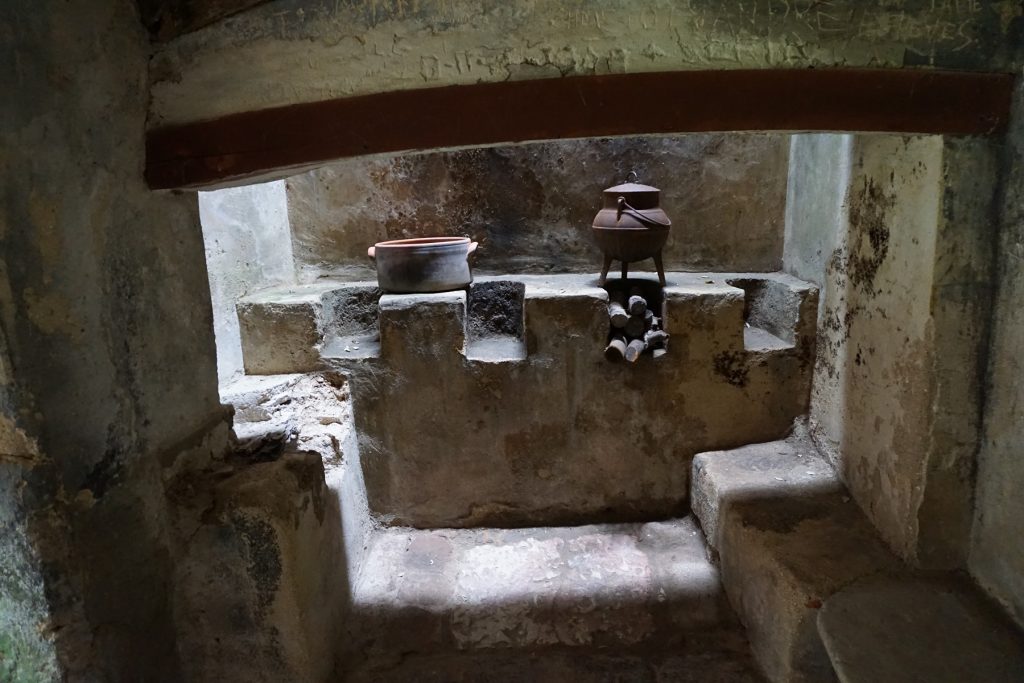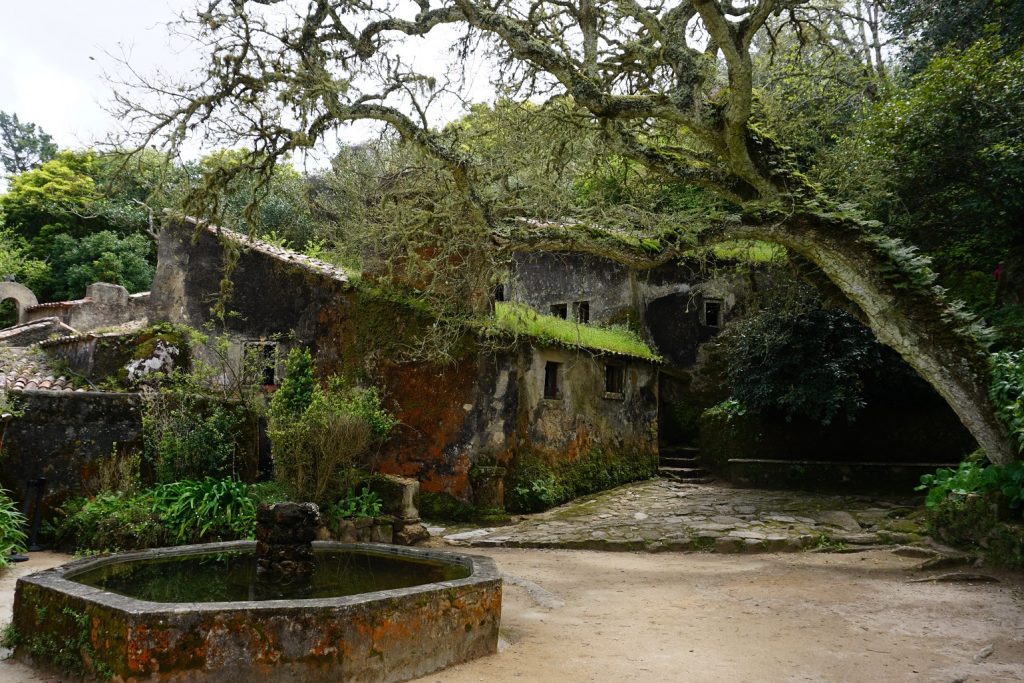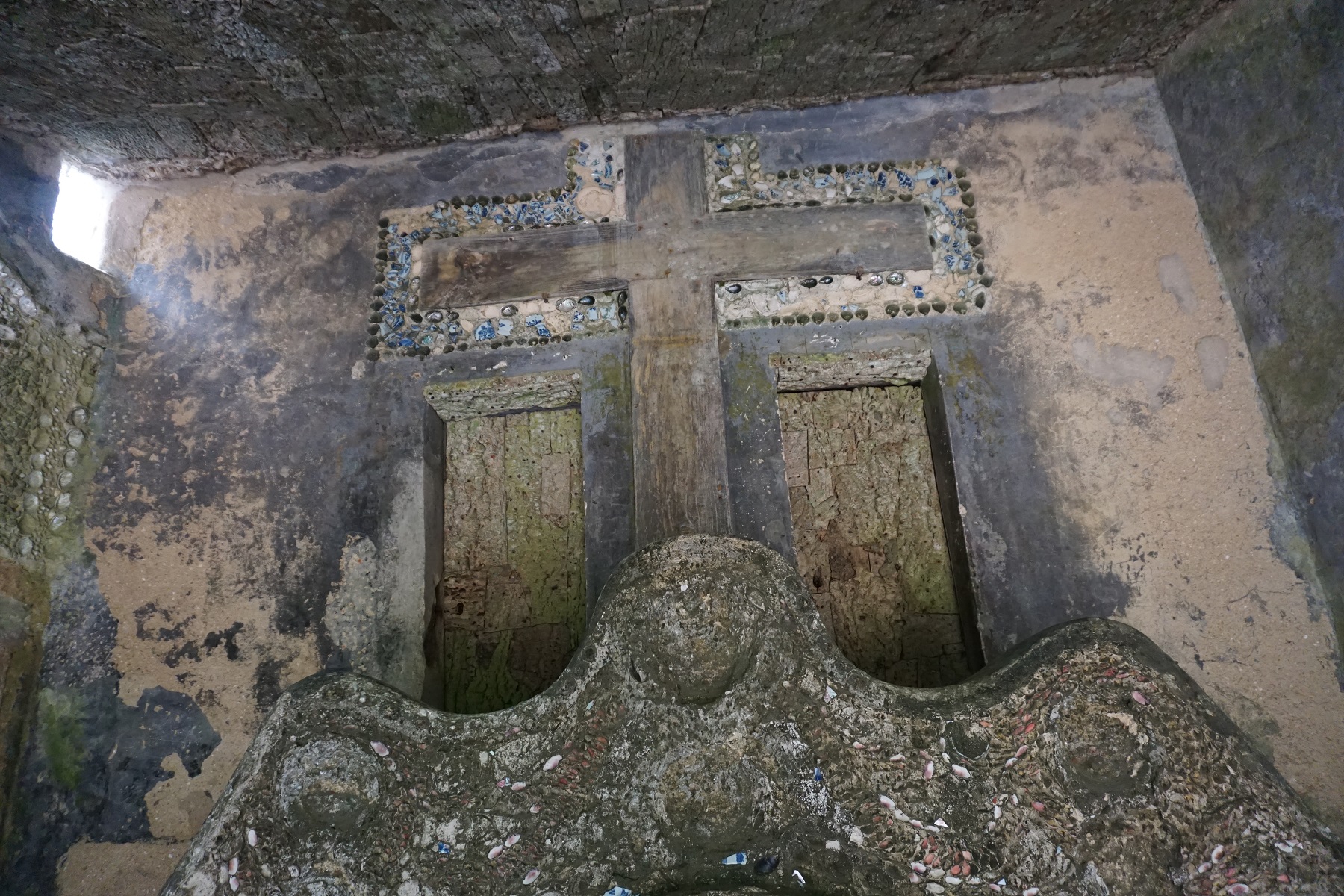The first couple of days in Almocageme we were getting our bearings. There are not a lot of guidelines in the out of the way places and dealing with groceries, buses, and the general day to day is very local. They are not geared to the tourist here. Having said that though, the people have been exceptionally friendly and helpful and a lot of them speak English which wasn’t the case in Spain.

Our host, Claudia, went above and beyond to be helpful, from picking us up at the train station in Sintra, to providing endless amounts of information about what to see and where to go. She even took us up the old forest trails for a short hike through park land and private property to get some amazing views of the area.



Then she gave us a hiking trail map. . . So, we looked at the confusing map and . . . we hiked up the mountainside along bike trails, logging roads, old railway beds, and what looked like deer tracks one afternoon. We were aiming for a convent called Capuchos which, it turns out, is fairly close to the Pena Palace as the crow flies. The old forest trails I’m sure, were fine for the Robin Hood and Friar Tuck types, (and crows) way back then but these days you really need to go back down to the valley and take the highway to the Palace. Or have a trail map that you may or may not know how to interpret.
But, being good little British Columbian outdoorsie-hiker types we stumbled onto our destination. The hour plus walk was peaceful with birds, bees, bears, and wolves. Ok, so no bears and wolves. Mostly a whole lot of trees. And speaking of Friar Tuck, the Capuchins were a Franciscan order of friars, noted for strict observance and austere living and you really get a sense of that at the convent. Capuchos, built in 1560, became known as the Cork Convent because the bark of the cork oak was used as insulation, window frames, doors, and seating. A very spiritual place with amazing views, an abundance of nature trails, and a botanical garden.







After touring around the convent, we decided that, being experienced trail hikers now, we would make our way through the forest to get to the Monserrate Palace, which wasn’t far (as the crow flies). Well, that was interesting. Note, old trail maps may NOT be accurate. By the time we found the Palace, it was late. And we’d done our 10,000 steps for the day (and the next). So, we opted to get home via the bus that does the four-palace circuit with Monserrate being at the end. It took us in the other direction of course, all the way back to Sintra. We didn’t care.



Looks wonderful. Nice photos.
Thanks Candida. Teresa took some great photos of the convent.
I haven’t seen that part of Portugal…….looks beautiful. Great photos, Teresa.
This part of Portugal is gorgeous, and the Capuchos convent is one of the highlights. When we visited it had just rained, so everything was misty and damp but the sun was starting to come through the clouds and the lighting was perfect for taking photos. The construction of the convent is completely integrated into the landscape and every window has a view into the garden. You could imagine how the monks who lived there must have been very connected to the natural environment . . being a gardener I loved it!
Wow! Beautiful photos! Seems like an interesting place to visit!
thanks! Yes, it was one of the highlights of the Sintra area.